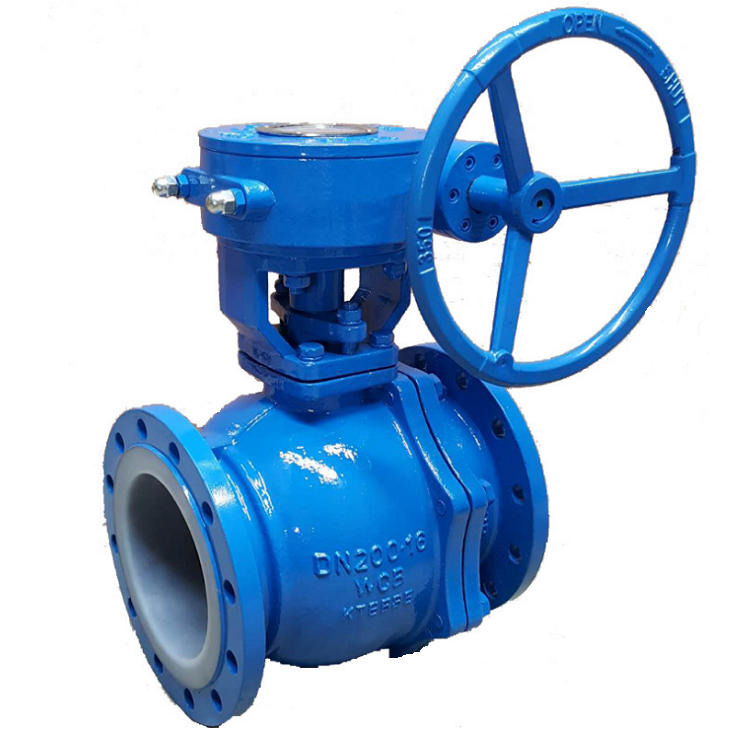Swing Check Valve - Ensure Efficient Backflow Prevention
Understanding Swing Check Valves
Swing check valves are essential components in numerous piping systems, functioning primarily as backflow prevention devices. Their design enables fluids to flow in one direction while automatically blocking reverse flow, thereby protecting the integrity of pipelines and associated equipment.
The operation of a swing check valve is relatively straightforward. It consists of a disc (or flap) that is hinged to the valve body. When fluid flows in the intended direction, the force of the flow lifts the disc, allowing fluid to pass through. Conversely, when flow attempts to reverse, the disc swings back into a closed position, sealing off the flow path. This mechanism makes swing check valves particularly effective in applications where backflow can cause damage to pumps or other instruments.
Swing check valves are favored in many industrial applications due to their simplicity and effectiveness. They are often employed in water treatment plants, power generation facilities, and various manufacturing processes. Additionally, their low pressure drop across the valve contributes to efficient system operation, a critical consideration in high-flow applications.
swing check valve

One of the key advantages of swing check valves is their ability to handle a wide range of flow conditions
. They perform well in both high and low flow rates, making them versatile for various uses. A common size for these valves ranges from 2 inches to 24 inches in diameter, depending on the specific application and required flow capacity.However, swing check valves are not without limitations. They rely on gravity and the media's velocity to close the disc effectively, which means they may be less reliable in low-flow conditions. In such cases, other check valve types, like lift check valves, might be more suitable. Furthermore, they can be sensitive to water hammer effects, which refers to the pressure surge that occurs when a fluid in motion is forced to stop or change direction suddenly. This phenomenon can cause rapid opens and closes of the valve, potentially damaging it over time.
Materials used in the construction of swing check valves also play a crucial role in their performance and durability. Common materials include brass, stainless steel, and ductile iron, which provide resilience against corrosion and wear. As such, selecting the right material is essential for ensuring the valve's longevity and reliability in specific environments.
In conclusion, swing check valves are vital components in many fluid handling systems. Their ability to prevent backflow while allowing smooth forward flow makes them indispensable in various industries. Understanding their operation, advantages, and limitations is crucial for engineers and operators to ensure efficient and safe pipeline systems. As technology advances, innovations in valve design and materials will continue to enhance the performance and reliability of swing check valves in the future.
-
Breakthrough in Domestic Low Temperature Valve Technology in ChinaNewsAug.18,2025
-
From Machinery to Intelligent Brain: The Digital Transformation Wave of the Valve IndustryNewsAug.18,2025
-
PCVEXPO 2025NewsAug.18,2025
-
The Key to Fluid Control: Exploring the Advantages of Ball Valves in Industrial SystemsNewsJul.09,2025
-
The Versatile World of 1, 2, and 3 Piece Ball ValvesNewsJul.09,2025
-
Stainless Steel Ball Valves: The Ideal Choice for Efficient Flow ControlNewsJul.09,2025
-
Optimizing Fluid Control with Ball Float ValvesNewsJul.09,2025




